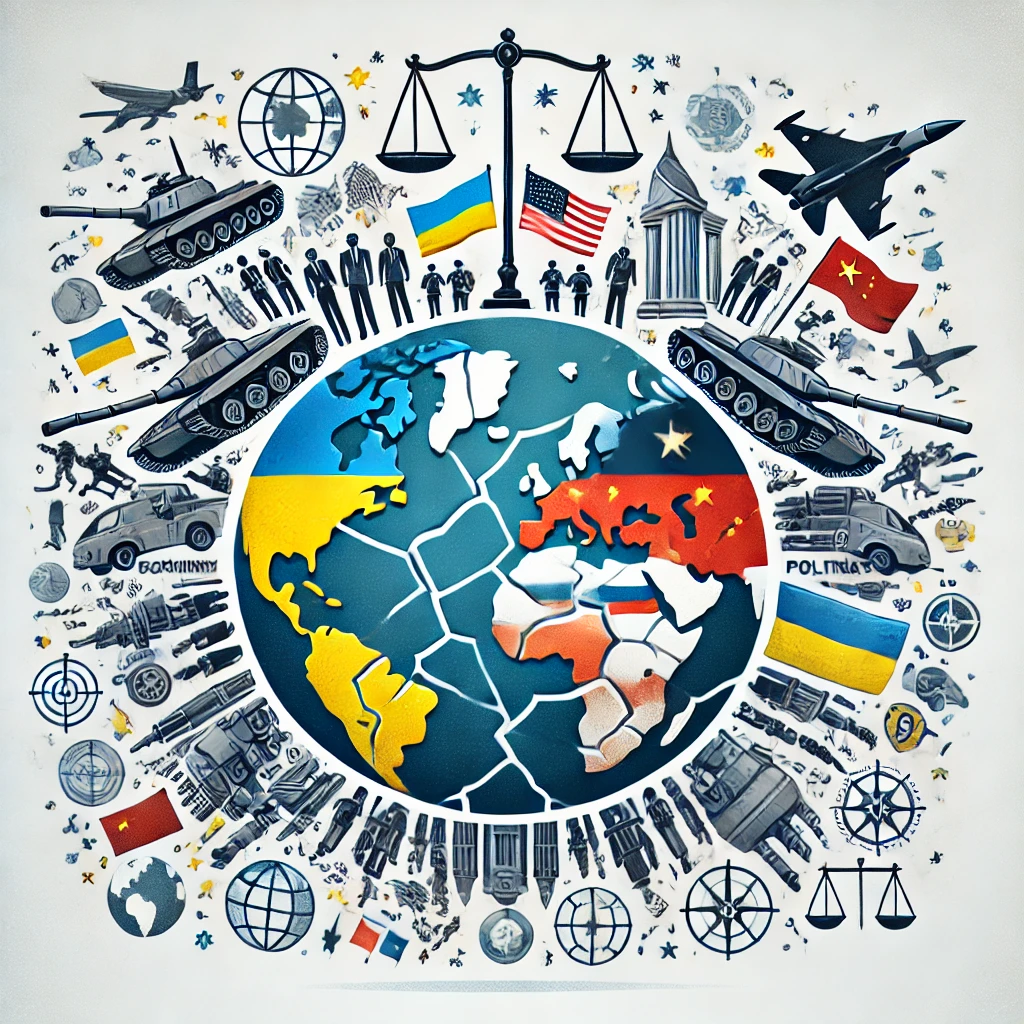The world stands at a crossroads, marked by escalating tensions across military, economic, and political fronts. Key regions like Eastern Europe, East Asia, and the Middle East are becoming epicenters of change, forcing nations to reevaluate alliances and strategies.
Military Escalations
Military build-ups are accelerating globally. NATO continues to reinforce its eastern flank in response to Russia’s prolonged conflict in Ukraine, while China expands its naval capabilities in the Indo-Pacific. The U.S., in turn, is strengthening military ties with allies such as Japan, South Korea, and Australia.
Military analysts warn that these developments could spiral into an arms race. "The current trajectory risks further destabilizing already fragile regions," says defense expert Lisa Connors.
Economic Strategies
Economic power struggles are also taking center stage. The U.S. and European Union have imposed sweeping sanctions on Russia, while China’s Belt and Road Initiative (BRI) is reshaping global trade networks. Meanwhile, rising interest rates in major economies and supply chain disruptions are impacting global markets.
Emerging economies, particularly in Africa and Southeast Asia, are caught in a balancing act between aligning with global powers and maintaining economic independence.
Political Divisions
On the political front, the world is witnessing an ideological divide. Democracies face challenges from within, while authoritarian regimes are doubling down on control. Climate change, technological innovation, and the rise of non-state actors are further complicating global governance.
The Way Forward
As tensions rise, the call for diplomacy grows louder. Multilateral organizations, including the United Nations and G20, are being urged to mediate and foster dialogue. However, with trust at historic lows, the path to consensus remains uncertain.
In a world increasingly defined by its divisions, the question remains: will cooperation or conflict shape the future?
